Royal Ontario Museum Blog
Monthly Archive: December
Safavid Tile Arch Project III: The Palace of the Stables
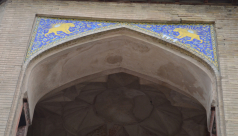
Written by Lisa Golombek, Curator Emeritus (Islamic Art)
Facing Histories: A Block Maker, a Dye Specialist, and a Textile Study Room
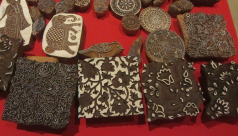
This guest post was written by Rajarshi Sengupta, ROM IARTS fellow 2017/18.
Fear for Adults and Fascination for Kids: Spiders and Friends Day at The Hospital for Sick Children
Written by Mark Bernards, Environmental Visual Communications student
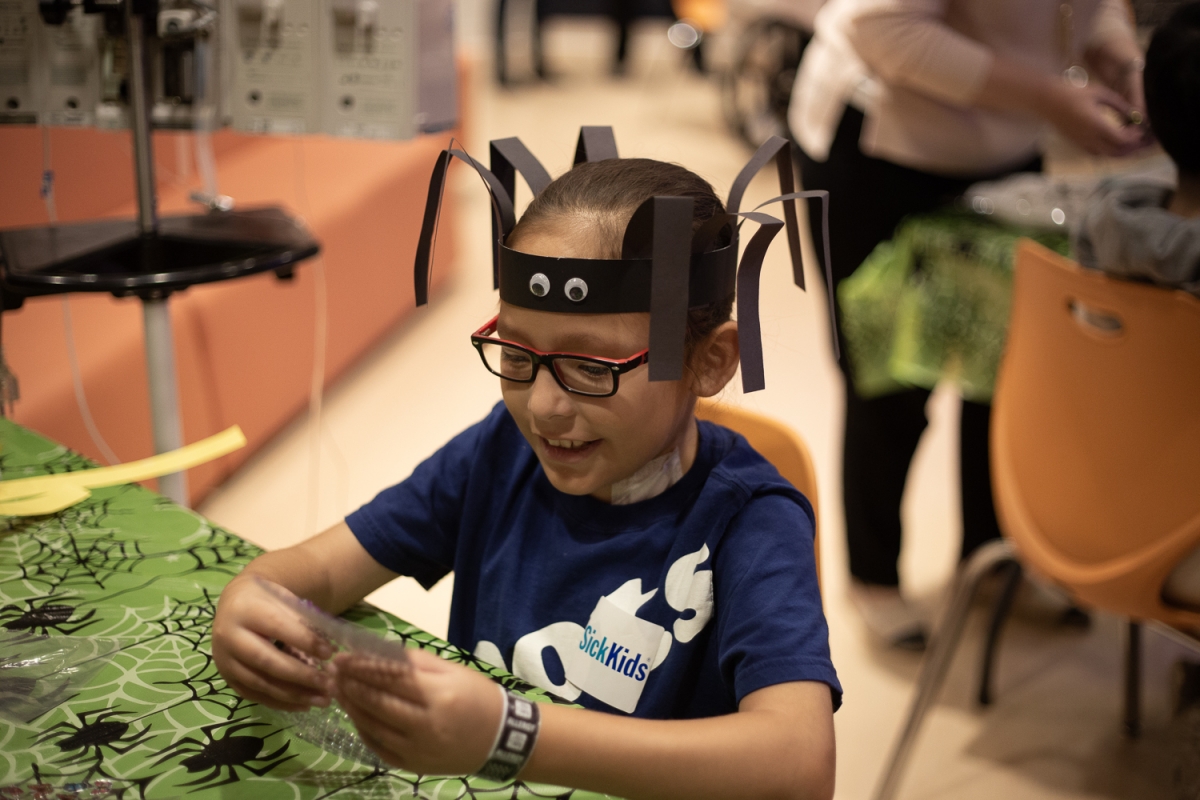
Glimpses of Upper Burma: Clement Williams (1833-1879)
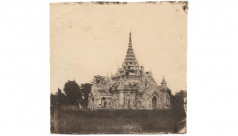
The recently-acquired collection of photography, documents, and artifacts provides a rare glimpse into Upper Burma before colonization, allowing us to consider the intersection of politics, trade, and religion in the 19th century. Written by Ron Graham and Deepali Dewan.
“Origins of Chintz,” The Exhibit: A Look Back to 1970
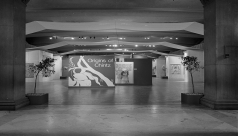
“Chintz… the exotic fabric from India that caught Europe’s fancy… So popular it was banned in England and France… Revolutionized Europe’s textile printing industry.”
Thus exclaimed the brochure that accompanied the ROM’s landmark exhibition, ‘The Origins of Chintz’, which opened in April, 1970, now nearly fifty years ago. Occupying the whole of the central ground gallery, known today as Currelly’s Court, the exhibition displayed nearly 100 towering examples of Indian ‘chintz’.
Safavid Tile Project II: Rebuilding the Friezes

The ROM's Wirth Gallery of The Middle East is blessed with two complete friezes of cuerda seca tiles that would have been in the spandrels of arches. These were made in Iran in the last third of the 17th century under the Safavid dynasty, probably in Isfahan. They were bought by the ROM in 1974 by Curator Lisa Golombek together with a number of other tiles that make up parts of these friezes, or sometimes individual tiles.
Safavid Tile Project I: The Technology
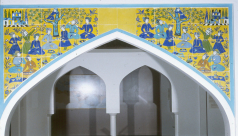
Some of the most noticeable objects in the ROM's Wirth Gallery of The Middle East are two friezes of tiles that would have been in the spandrels of arches. These were made in Iran in the last third of the 17th century under the Safavid dynasty, probably for a palatial building in Isfahan. The ROM also has parts of other spandrel friezes, and also some stray tiles that belong to yet other friezes. In order to understand these objects more fully, ROM staff have been undertaking research on the tiles.
The Healing Power of Dinosaurs: A look at Dinosaur Day at The Hospital for Sick Children
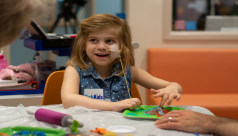
Written by Min Wong, Outreach Volunteer, Member of Friends of Palaeontology
Minecraft and Museums together at the ROM
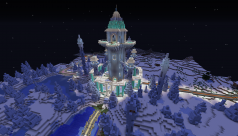
For over a year, the Learning Department has been hard at work on the development of a new approach to museum virtual visits: building an online experience using an adventure map in Minecraft to teach elementary students about Responsible Mining. We’re excited to announce that we have reached the pilot testing phase!
Kalighat Paintings: Murder in the Collection
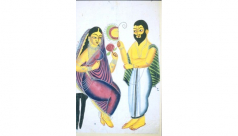
A notorious murder case is one of the subjects of the ROM’s collection of mid-nineteenth century Kalighat paintings, an urban folk art style that developed around a popular Kali temple in Kolkata, India. Written by Piali Roy.
